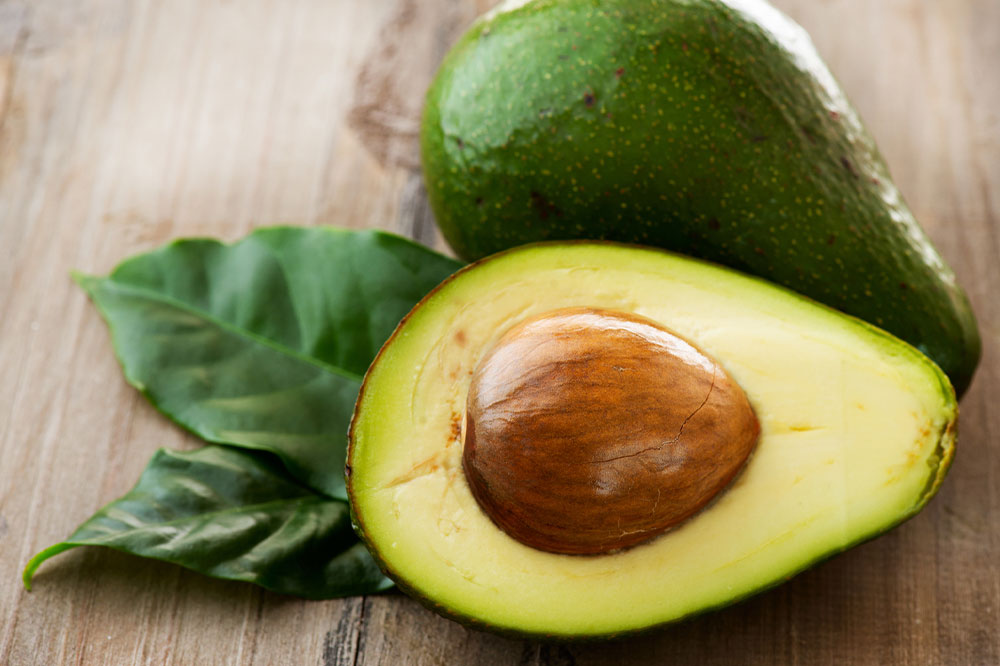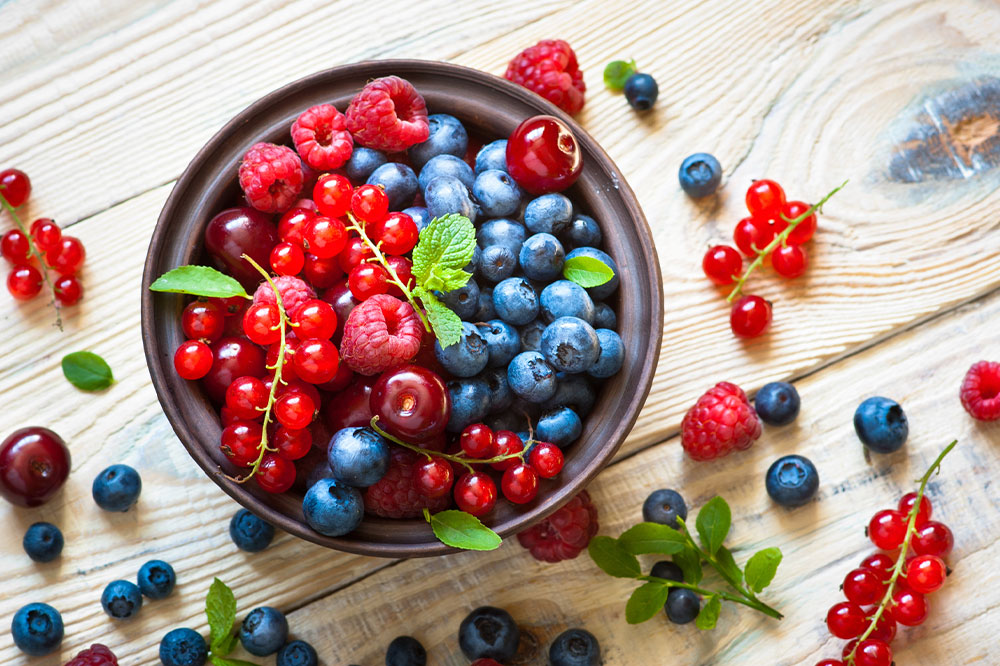16 Food Options to Have and Avoid for Hyperkalemia Patients

Hyperkalemia is a condition wherein patients show the presence of excessive levels of potassium in the blood. It causes an electrolyte imbalance in the body, potentially leading to severe health concerns. The condition is rare since the body can regulate the electrolyte balance. Some common hyperkalemia symptoms include muscle weakness, fatigue, nausea, heart palpitations, and irregular heartbeats. Carefully selecting the right foods can help manage blood potassium levels without resorting to prescriptions and other treatments.
Foods that are safe for hyperkalemia patients
Apples
Apples are a rich source of soluble fiber that helps decrease cholesterol levels in the body and promote overall health. They also have low levels of potassium, which makes them a great choice for people with hyperkalemia. Apples can also be included in the form of applesauce or juice.
Blueberries
Blueberries are rich in antioxidants and can help the body fight off oxidative damage caused by the presence of free radicals. Their low potassium and high fiber content makes them a hyperkalemia-friendly food that can be had safely. Blackberries, strawberries, and raspberries can also be included in the meal plan.
Cabbage
Cabbage is a good source of vitamins C and K that help improve bone health and strengthen immunity. The cruciferous vegetable is also low in potassium while packing high doses of fiber. Cauliflower is another cruciferous vegetable with all of the above benefits. It also has a significant amount of vitamin B and folate that help in the proper development of the fetus.
Cherries
Cherries have high anti-inflammatory and antioxidant compound content. They are also high in fiber with low levels of potassium. The fruit has the potential to help manage health conditions such as arthritis, gout, and hyperkalemia.
Egg whites
Egg whites are a great choice for people with hyperkalemia as they have substantial protein content and are simultaneously low in potassium. They are also low in calories, making it easier to have multiple eggs in a meal without worrying about excessive calorie consumption.
Grapes
Another juicy and tasty fruit that can be safely included in a hyperkalemia-friendly menu is grapes. They are known for their anti-inflammatory and antioxidant properties and their high fiber content. Grapes can also provide a lending hand in managing conditions like diabetes and high blood pressure.
Lettuce
Lettuce is a rich source of numerous essential vitamins and minerals, including folate and vitamin C. it is also rich in fiber content and has low levels of potassium. Plus, its antioxidant content helps protect the body from oxidative damage because of free radicals.
Onions
Onions are high in fiber, folate, and vitamin C. They have low potassium levels, making them safe for people with hyperkalemia. Aside from all these benefits, onions also contain quercetin, which imparts this food with its stellar anti-inflammatory properties.
Pineapple
Pineapples pack high doses of vitamin C, manganese, and other minerals. They are also rich in antioxidant content with low levels of potassium. Aside from that, pineapples contain bromelain. It is an enzyme that contributes to improvements in digestion and reduces inflammation in the body. Peaches are also safe to include as they have low potassium levels.
Foods to be avoided by hyperkalemia patients
Banana
Bananas are considered an athlete’s best friend because of the amount of potassium and fiber they contain. However, high quantities of potassium can potentially be dangerous for people with hyperkalemia.
Avocado
Avocados are rich in healthy fats, fiber, and even in potassium. The rich texture of the fruit is appealing, but the potassium levels in it need to be diligently avoided by people with hyperkalemia and other kidney diseases.
Tomatoes
Tomatoes make up a huge part of regular food and recipes. They are often used in cooking in the form of tomato paste, sauce, powder, or ketchup. Sun-dried tomatoes are even richer in potassium content than fresh tomatoes and are often used in sandwiches, pasta, salads, and soups, making them difficult to avoid. However, their high potassium content makes avoiding tomatoes a necessity since they can potentially harm patients.
Kiwi
Kiwi is rich in antioxidants and vitamin C content. It also has a high amount of potassium in it, although it is not as high as bananas. That said, it has a considerable amount of this essential mineral to class it unsafe for regular intake in case of patients with hyperkalemia. This also includes foods like pomegranates, mangoes, and apricots. All types of dried fruits need to be avoided to be safe since their mineral content is concentrated. Fruits like oranges in any form also need to be steered clear of.
Dairy
Dairy and dairy products are often part of the daily meal plan in one form or another. The food group is known for its health benefits and the ability to maintain bone health. However, the potassium content of these foods is high, calling for their inclusion on a regular basis to be restricted. Foods like yogurt and cheese are higher in potassium content than milk and other dairy products. Soy and soy products also fall under the same category and, therefore, cannot be used as a dairy alternative.
Potatoes
Potatoes have earned a bad name when it comes to their contribution to the nutrient quotient of a meal. However, if cooked the right way, they are, in fact, very healthy for almost everyone except people with hyperkalemia. The potassium content in a potato can also increase or decrease based on its preparation method. Note that sweet potatoes are dense in potassium content eliminating the possibility of them being a replacement for potatoes in certain recipes.
Spinach
Spinach and other leafy greens like bok choy, Swiss chard, and kale are rich sources of potassium in food. Because these foods are commonly present in various food preparations, it can be difficult to completely avoid them. In such cases, it is prudent to limit their intake if completely avoiding them is not an option.
There are several reasons why one can develop hyperkalemia. While the most common cause for it is chronic kidney disease or acute kidney failure, it may be the result of other underlying conditions too. Once the condition is brought under control, patients can consult a nutritionist to tailor a food regime that will help build kidney and overall health.


